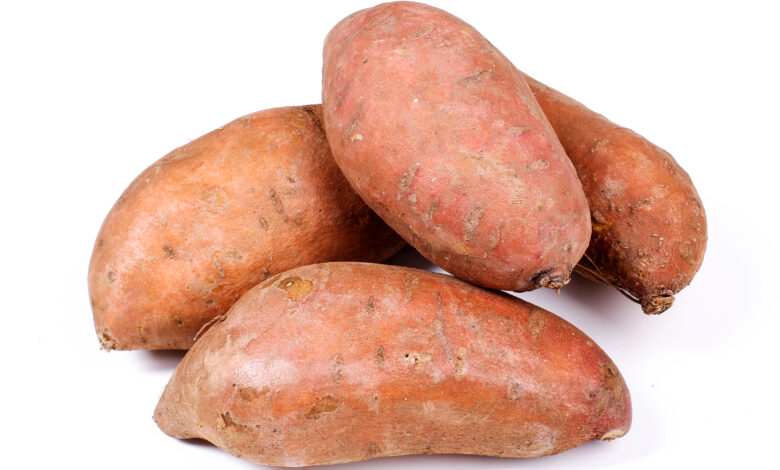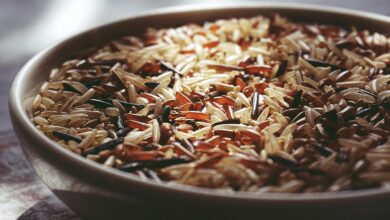
Kamote Over Rice: A Nutritious Alternative
In the Philippines, rice is more than just a staple; it’s a way of life. However, in recent years, the escalating prices of rice have put a strain on the budgets of Filipino families. This alarming trend has led many to search for affordable and nutritious alternatives. Enter kamote, the humble sweet potato, which is not only a cost-effective substitute but also a nutritional powerhouse. In this article, we will explore the challenges posed by expensive rice in the Philippines and how kamote can provide an affordable and healthy solution.
The Rice Price Predicament
Rice has long been the primary source of sustenance for Filipinos, forming the foundation of countless meals. However, in recent years, the rising cost of rice has created economic challenges for many families. Factors such as extreme weather conditions affecting rice production, increased transportation costs, and global market fluctuations have contributed to the soaring rice prices. Well, the good news is that DA is upgrading rice processing facilities.
The Impact on Filipino Households
The escalating price of rice has had a significant impact on Filipino households, particularly those with limited incomes. For many, rice has become a luxury rather than a dietary staple. Families have been forced to adjust their diets, consume less rice, or even substitute it with other carbohydrate sources to make ends meet.
Kamote: A Viable Alternative
Amidst this rice price crisis, kamote, or sweet potato, has emerged as a viable alternative. Kamote has been a part of Filipino cuisine for centuries, and for good reason. Here’s why it can help alleviate the rice price burden:
-
Cost-Effective: Kamote is notably more affordable than rice, making it an attractive choice for budget-conscious households. Its lower cost means families can maintain a nutritious diet without overspending.
-
Nutrient-Rich: Kamote is a nutritional powerhouse. It is packed with vitamins, particularly vitamin A, and essential minerals like potassium and fiber. In a time when access to nutritious food is a concern, kamote provides a cost-effective way to meet dietary requirements.
-
Versatile: Kamote can be prepared in various ways, from boiling and mashing to roasting or frying. It can serve as a standalone dish or complement other ingredients, allowing for diverse meal options.
-
Climate-Resilient: Kamote is less vulnerable to weather-related challenges compared to rice. It can thrive in different climate conditions, making it a reliable source of sustenance.
Recipes and Ideas
For those looking to incorporate kamote into their meals, there are numerous delicious recipes to explore:
-
Kamote Fries: Slice kamote into strips, season them, and bake or fry for a tasty alternative to traditional French fries.
-
Kamote Soup: Create a hearty soup by combining kamote with vegetables and spices. It’s nutritious and comforting.
-
Kamote Chips: Thinly slice kamote, season with herbs or spices, and bake them for a crunchy snack.
-
Kamote Mash: Boil kamote until soft, mash them, and add a touch of butter or coconut milk for a creamy side dish.
Conclusion
The rising cost of rice in the Philippines has prompted families to seek more affordable and nutritious alternatives. Kamote, the versatile and nutrient-rich sweet potato, has emerged as a viable solution. Its cost-effectiveness, nutritional value, and adaptability in various recipes make it a compelling choice for Filipino households. By embracing kamote, Filipinos can not only alleviate the strain of expensive rice but also promote healthier and more sustainable dietary choices for themselves and future generations.




